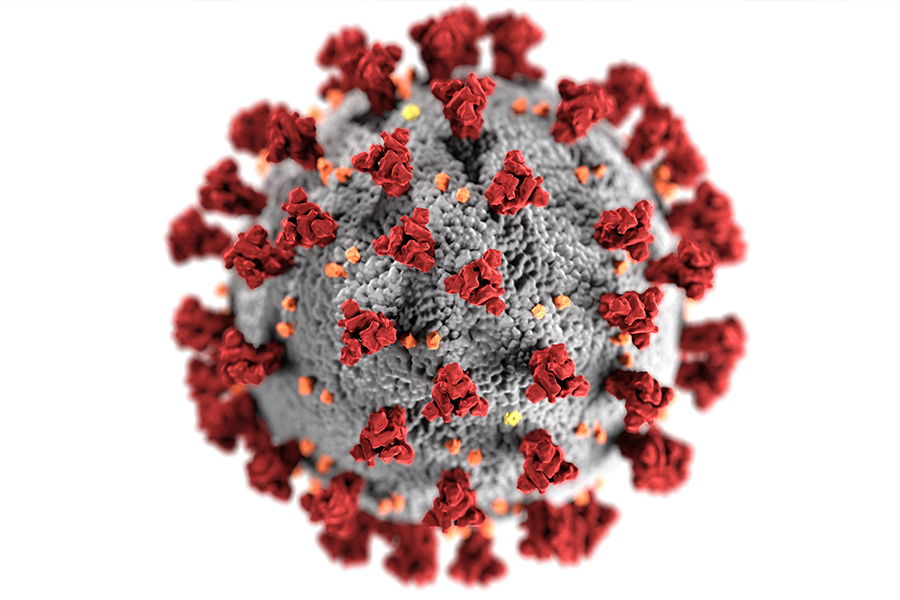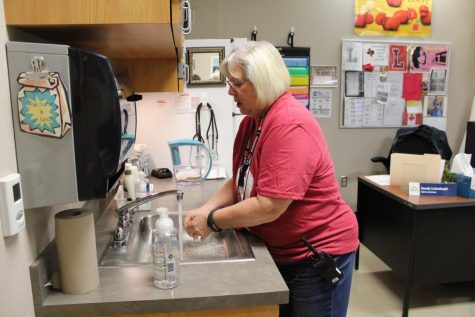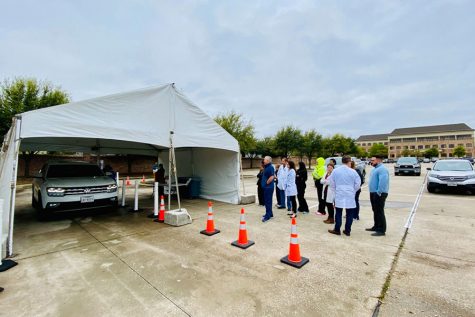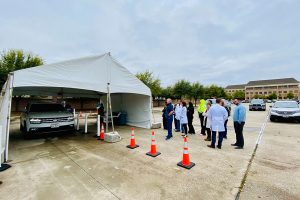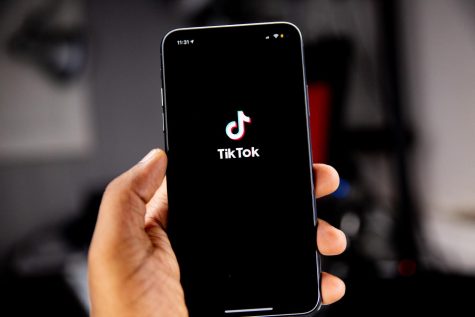New COVID variant in the United States
On Wednesday, the first United States case of the Omicron variant was reported in California. Since then, states, such as Minnesota, Colorado, New York, and Hawaii, have announced several confirmed cases of the new mutated strain.
With the availability of vaccinations and boosters, family and friends were able to reunite for a Thanksgiving feast, marking a transition towards normalcy. However, reports of a newly identified coronavirus variant, named Omicron, have prompted a state of uncertainty and concern worldwide.
It certainly shows the signs of being able to spread quickly. What we don’t know is whether it can compete with Delta,
— Director of the NIH Dr. Francis Collins said
According to the WHO, the Omicron variant was first identified in South Africa on Nov. 24, pushing several nations to impose travel restrictions. Despite the increasing number of travel bans, cases of the new and potentially more transmissible variant have appeared in dozens of countries globally, including the United States.
On Wednesday, the first United States case of the Omicron variant was reported in California. Since then, states, such as Minnesota, Colorado, New York, and Hawaii, have announced several confirmed cases of the new mutated strain. Those infected appeared to have mild symptoms of fatigue and soreness.
“Most of them are seeing very, very mild symptoms and none of them so far have admitted patients to surgeries. We have been able to treat these patients conservatively at home,” chair of South African Medical Association Dr. Angelique Coetzee said in a statement to Reuters. “The most predominant clinical complaint is severe fatigue for one or two days. With them, the headache, and the body aches, and pain.”
Even though these reports seem promising, there is yet an insufficient amount of information to draw conclusions about the severity of the new strain.
“It certainly shows the signs of being able to spread quickly. What we don’t know is whether it can compete with Delta,” director of the NIH Dr. Francis Collins said in a statement to CNN. “It’s also too early to tell whether the Omicron variant causes more severe illness.”
Regardless of the unknowns, the highly mutated variant is suggested to not be a cause of panic.
“I think that the new strain is concerning, and I think that the correct response isn’t to panic, but to wait and see.” AP science teacher Richard Sabatier said. “They are sequencing it now, so I think between the holiday season and the Omicron variant that we just have to be aware and cautious.”
“I think that the new strain is concerning, and I think that the correct response isn’t to panic, but to wait and see,
— AP science teacher Richard Sabatier
Nonetheless, the precautions implemented throughout the pandemic should be continued in order to prevent the spread of another mutation and to protect ourselves and our community.
“[We] recommend people follow prevention strategies, such as wearing a mask in public indoor settings in areas of substantial or high community transmission, washing your hands frequently, and physically distancing from others,” CDC said in a news release. “[We] also recommend that everyone 5 years and older protect themselves from COVID-19 by getting fully vaccinated. [We] encourage a COVID-19 vaccine booster dose for those who are eligible.”

Rachel Kim is a senior and is entering her second year of Wingspan. Outside of school, she probably can be seen at a coffee shop or at home reading her...



